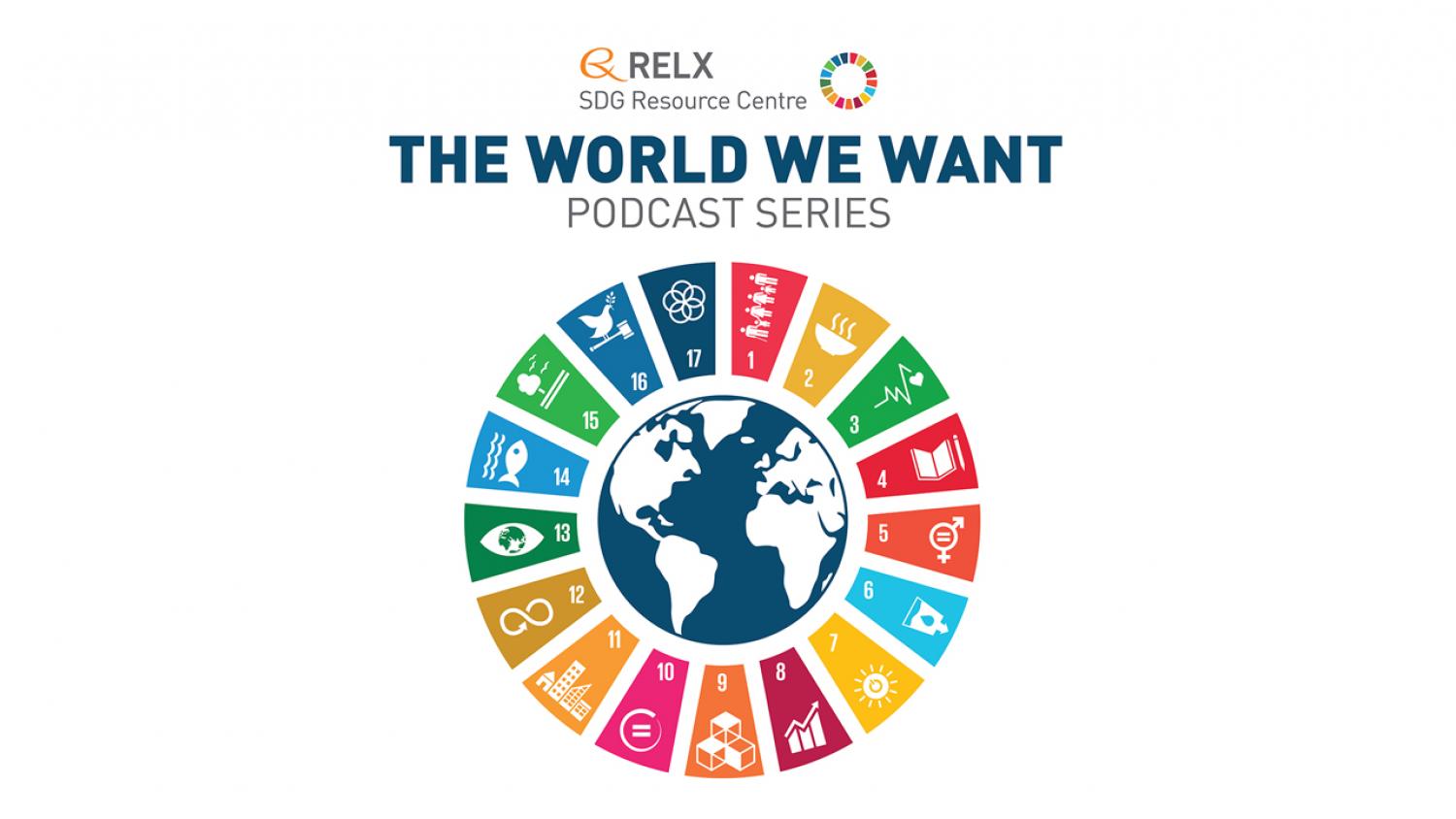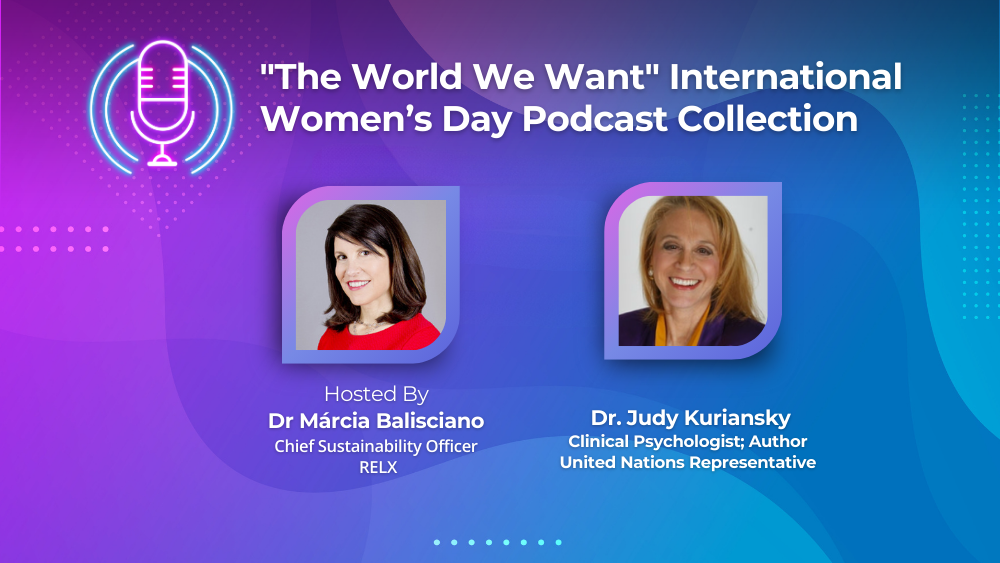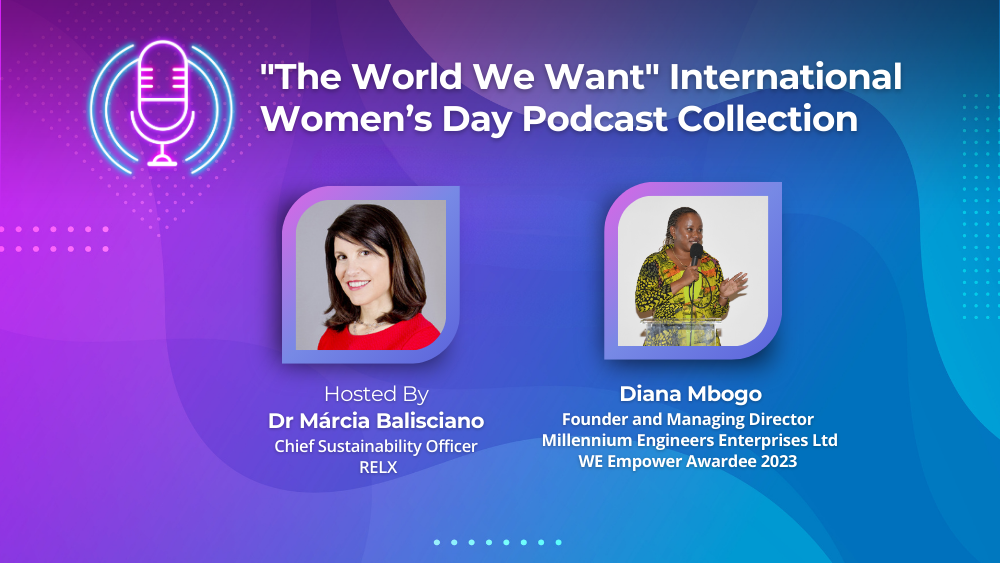In this study, we introduced an integrated assessment framework, and estimated both quality and quantity-related Water Scarcity Index (WSI), local economic water scarcity risk (WSR), and the cascading virtual WSR observed in global trade markets across 40 major economies spanning from 1995 to 2010. Results show that developing countries had rapid growth in both quantity and quality-related WSI, while major developed economies experienced a modest increase in water stress but mitigated quality-related risks, suggesting imbalanced progress towards SDG 6 across countries.
Viral hepatitis testing and treatment in community pharmacies: a systematic review and meta-analysis
eClinicalMedicine, Volume 69, March 2024
This Article supports SDG 3 by showing that providing hepatitis C testing services in pharmacies would be beneficial in increasing case detection, in keeping with growing evidence showing the benefits of providing hepatitis services in community settings. Further research is needed to evaluate the provision of hepatitis C treatment, and hepatitis B testing and treatment, in pharmacies
This study supports SDG 3 by examining the impact of early liver transplantation on hospital admissions for alcoholic hepatitis.
In this episode of the "World We Want" podcast, Márcia Balisciano interviews Lene Bjorn Serpa, Director, Head of Corporate Sustainability & ESG, A.P. Moller - Maersk. They discuss how her work at Maersk aligns with the United Nations sustainable development goals and how companies can contribute to a positive change by engaging with sustainability from a corporate standpoint.
Liver fibrosis, caused by hepatitis and other hepatic diseases, has few treatment options and is a major cause of global mortality. This study discusses potential epigenetic options for future treatments.
Despite the long duration of NA therapy, multiple reactivations of HBV after NA discontinuation were common in patients with HBV reactivation.
This study supports SDG 3 by providing insights into the mechanisms of autoimmune hepatitis and potential therapeutic targets.
In this episode of the "World We Want" podcast, Márcia Balisciano interviews Judy Kuriansky, an award-wining journalist, clinical psychologist, lecturer, and United Nations NGO representative. They discuss sustainable development and global goals for education, health, peace, and gender equality.
In this special edition of "The World We Want," Márcia Balisciano interviews Diana Mbogo, the Founder and Managing Director of Millennium Engineers in Tanzania. Diana, an award-winning entrepreneur, focuses on renewable energy solutions and is currently implementing the Sardine Fishing Industry Business Project. The project aims to transition the traditional, environmentally harmful methods of the sardine fishing industry toward more sustainable practices using solar drying facilities. Diana emphasises the critical connection between access to energy, particularly for women, and the broader goal of achieving the United Nations Sustainable Development Goals. Throughout the discussion, Diana shares her journey, challenges, and the transformative impact of her work on communities, highlighting the positive changes brought about by her innovative approach to the sardine industry.
To mark International Women's Day 2024, Elsevier have curated and made freely available a special collection of journal articles and book chapters to advance knowledge and understanding relating to SDG 5: Gender Equality. The special collection features research relating to inclusion and the empowerment of women and girls across a broad range of disciplines and contexts including health, climate change, natural disasters, biodiversity, smart cities, sustainable development and leadership.




